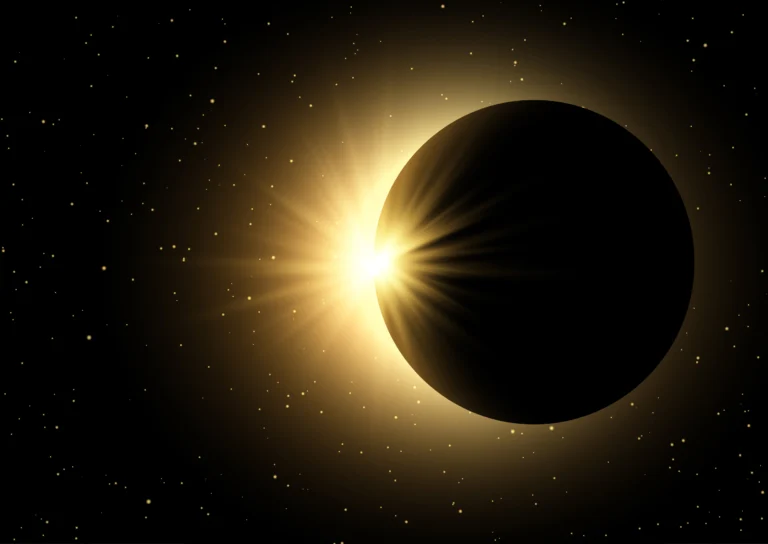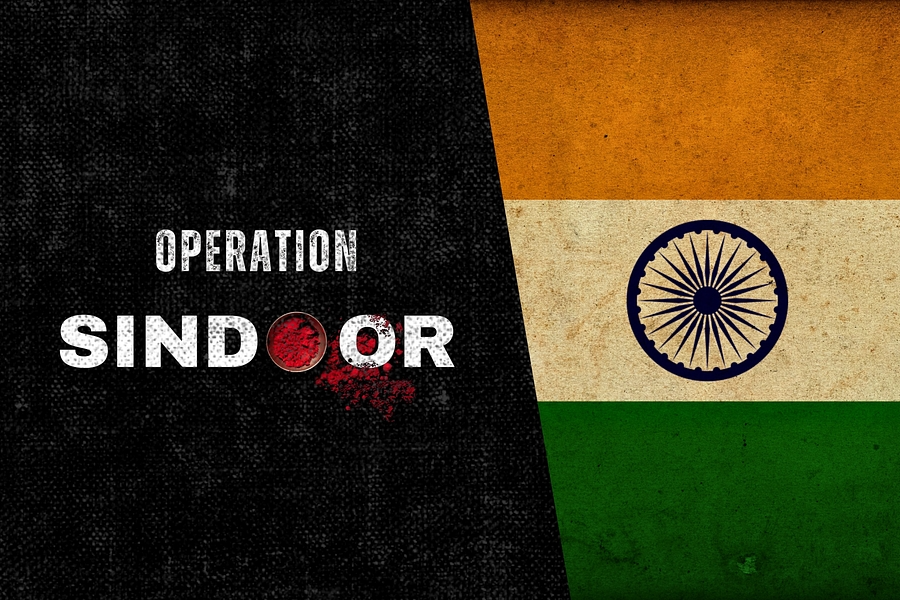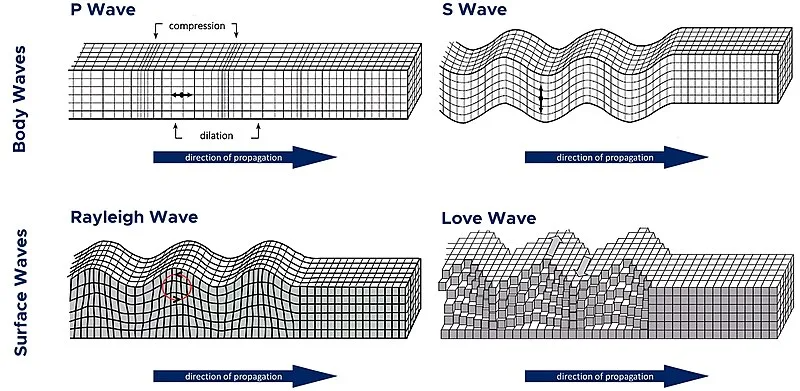July 21st Current Affairs
NCERT History Textbooks
NCERT History Textbooks NCERT History for Class-VI (Social Science – Our Pasts-I) NCERT History for Class-VII (Social Science – Social and Political Life-II) NCERT History for Class-VIII (Social Science – Our Pasts-III) Part-2 NCERT History for Class-IX (Social Science – India and the Contemporary World-I) NCERT History for Class-X (Social
Kannada Literature Optional Syllabus
Home / ಐಚ್ಚಿಕ ಕನ್ನಡ ಸಾಹಿತ್ಯದ ಪಠ್ಯಕ್ರಮ ಐಚ್ಚಿಕ ಕನ್ನಡ ಸಾಹಿತ್ಯ ಪತ್ರಿಕೆ – 1 ವಿಭಾಗ – ಎ ಅ) ಕನ್ನಡ ಭಾಷೆಯ ಚರಿತ್ರೆ ಭಾಷೆ ಎಂದರೇನು? ಭಾಷೆಯ ವರ್ಗೀಕರಣ ಭಾಷೆಯ ಸಾಮಾನ್ಯ ಲಕ್ಷಣಗಳು ದ್ರಾವಿಡ ಭಾಷಾ ಕುಟುಂಬ ಮತ್ತು ಅದರ ಸಾಮಾನ್ಯ ಲಕ್ಷಣಗಳು ಕನ್ನಡ ಭಾಷೆಯ ಪ್ರಾಚೀನತೆ ಕನ್ನಡ ಭಾಷೆಯ ಬೆಳವಣಿಗೆಯ ವಿವಿಧ ಹಂತಗಳು ಕನ್ನಡ ಭಾಷೆಯ ಉಪಭಾಷೆಗಳು ಕನ್ನಡದ ಪ್ರಾದೇಶಿಕ ಮತ್ತು ಸಾಮಾಜಿಕ ಭಾಷೆ ಕನ್ನಡದ
UPSC Current Affairs – October 6th
October 06th Current Affairs Home / Table of Contents 36-hour curfew imposed in parts of Odisha’s Cuttack over communal tensions Relevance to UPSC GS Paper II Polity Governance and Social Justice: Centre–State Relations / State Government Responsibilities (law & order is a core state subject) Rights & Liberties (internet /
Religious Minorities in India and the Challenge of Communal Harmony: A Sociological Reflection on the Cuttack Violence
Home / Religious Minorities in India and the Challenge of Communal Harmony: A Sociological Reflection on the Cuttack Violence Sociology Paper 2: Religion and Society – Problems of religious minorities Odisha’s Cuttack, often described as a thousand-year-old cradle of syncretic culture, recently witnessed communal tensions following clashes during Durga Puja
UPSC Current Affairs – October 4th
October 04th Current Affairs Home / Table of Contents Isabgol Processors threaten to halt purchases from October 6th over GST Issues Relevance to UPSC Paper II: Governance / Policy Implementation Regulatory and Policy Clarity. Reflects issues of bureaucratic ambiguity and the need for transparent, consultative governance between industry and government
Sologamy and Contemporary Trends in Marriage: A Sociological Perspective
Home / Sologamy and Contemporary Trends in Marriage: A Sociological Perspective Sociology Paper 1: Systems of Kinship – Contemporary trends Marriage has traditionally been a cornerstone of human society, forming the basis of family, social organization, and cultural continuity. However, the institution of marriage has witnessed significant transformation in contemporary
August 2, 2027 Solar Eclipse

Why in News?
A total solar eclipse is set for August 2, 2027, offering an exceptionally long duration of up to 6 minutes and 23 seconds over parts of Europe, North Africa, and the Middle East. This will be the longest total solar eclipse visible from land between 1991 and 2114.
Context
Solar eclipses occur when the Moon passes between the Earth and Sun, casting a shadow (umbra) and darkening a narrow swath of Earth. They only happen during the new moon phase when orbital nodes align.
This eclipse belongs to Saros series 136, known for producing the longest total solar eclipses; this will be the longest on Land in the 21st century.
Past Instances
- July 22, 2009: Longest total solar eclipse of the 21st century—6m 38 s, mostly over the Pacific
- August 2, 2027: Anticipated longest land-visible eclipse (6m 23s), not surpassed until June 3, 2114.
Science Behind This
- Earth near aphelion: Sun appears smaller.
- Moon near perigee: The Moon appears larger.
- Path near the equator: Umbra shadow travels slower, extending totality.
These orbital alignments combine to produce a rare and prolonged eclipse.
Implications
- Scientific research: Extended view of the Sun’s corona enables studies on solar magnetism, coronal structures, and atmospheric effects.
- Public engagement: Massive interest from astronomers, tourists, amateur skywatchers—opportunity for educational outreach.
- Economic boost: Host regions (e.g., Luxor, Egypt) expect tourism-driven economic benefits.
Recent Eclipses in India
- India will not see the total eclipse, but may observe a partial eclipse near sunset.
- Prior eclipses in 2025—March (partial) and September (annular)—underscore India’s eclipsing events.
Benefits for Astronomers
- Corona observation: Totality allows visibility of the Sun’s outer atmosphere, essential for solar physics.
- Atmospheric science: Eclipses act as natural experiments, altering atmospheric conditions, winds, and ionospheric responses.
- Behavioral studies: Observations of wildlife reactions and environmental changes during sudden darkness, building on robust datasets from past eclipses.
Way Forward
|
Action Area |
Key Measures |
|
Preparation |
Governments and scientific bodies should organize expedition teams, ensure safety protocols, and install instruments (spectrometers, coronagraphs, seismometers). |
|
Education & Outreach |
Use the event to conduct public skywatching, school programs, and live-streaming for global engagement. |
|
Research coordination |
Foster international collaboration for data sharing—solar, atmospheric, and environmental studies. |
|
Tourism planning |
Invest in infrastructure in prime visibility zones (e.g., Egypt, Libya, Spain), balancing environmental concerns with local benefits. |
|
Safety & Logistics |
Provide clear guidelines on eye protection, public health advisories, and crowd management near eclipse paths. |
Conclusion
The August 2, 2027 total solar eclipse will provide a rare window into solar corona studies, planetary atmospheric dynamics, and public engagement with science. Its exceptional duration, scientific potentials, and economic impacts make it a landmark event. Global and regional bodies should act now, ensuring that this “once-in-a-century” phenomenon yields maximum educational, research, and societal benefit.
Prelims MCQ
Q. With reference to solar and lunar eclipses, consider the following statements:
- A total solar eclipse occurs only when the Moon is near perigee and Earth is near aphelion.
- A lunar eclipse can occur only on a full moon night when the Earth comes between the Sun and the Moon.
- Annular solar eclipses occur when the Moon’s apparent diameter is smaller than the Sun, leaving a ring-like appearance.
Which of the above statements is/are correct?
(a) 1 and 2 only
(b) 2 and 3 only
(c) 1 and 3 only
(d) 1, 2 and 3
Answer: (b) 2 and 3 only
Explanation:
- Statement 1 Incorrect:
While a total solar eclipse is more likely when the Moon is near perigee (closest to Earth) and Earth is near aphelion (farthest from Sun), these are not mandatory conditions. A total eclipse can occur even without this precise combination. - Statement 2 Correct:
A lunar eclipse only occurs during a full moon when the Earth is directly between the Sun and the Moon, casting a shadow on the Moon. - Statement 3 Correct:
An annular solar eclipse happens when the Moon is farther from Earth (near apogee) and appears smaller than the Sun, causing a bright ring (annulus) to appear around the dark Moon.
Mains Question
Q. Discuss the scientific and societal relevance of eclipses, highlighting the strategic steps that should be taken to maximize their benefits. (10 marks, 150 words)




